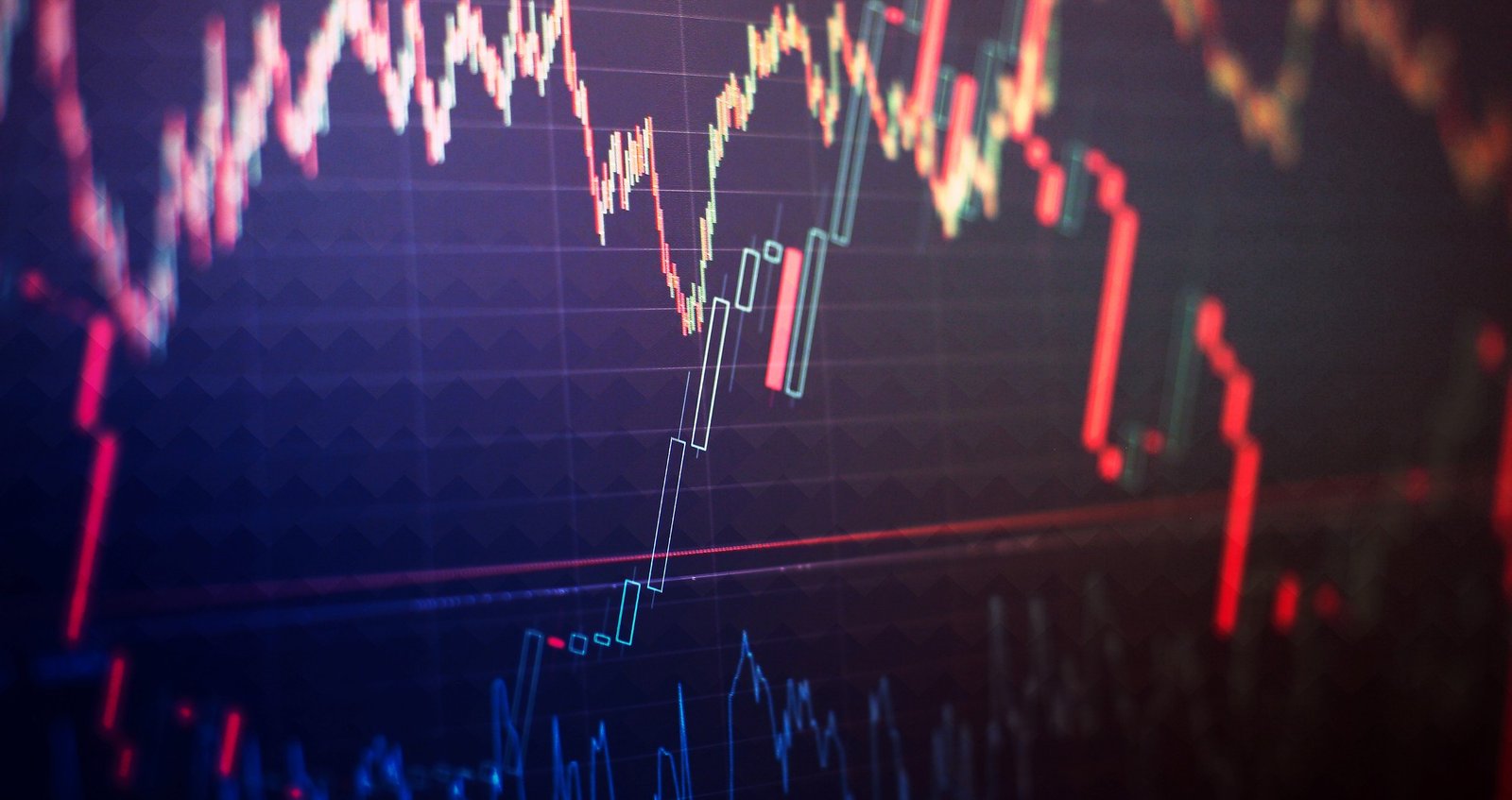Gold has been a classic investment option for centuries and is commonly used as a hedge against inflation and a reliable wealth storage medium. Gold offers a good investment opportunity that is often less focused on short-term profits, making it one of the top long-term investment options. On the other hand, forex trading is the speculation on currency prices for potential profits. A forex trader can profit from up and down price movements in both short and long term.
Gold Trading
Gold trading is a hedging option against constant economic changes. For that, it represents a safe haven that provides consistency over time due to its resistance to the swings in valuation, unlike fiat currencies. The stability of the precious metal’s prices over time makes it an important asset during times of rising uncertainties like that we’re seeing today. The XAU/USD pair is the most popular pairings forex brokers offer, making it easier than ever to incorporate gold as part of your forex trading strategy.
When the COVID-19 pandemic hardly hit the global economy, governments and savvy traders invested more money in gold as a hedge from high uncertainty and inflation. Especially that economic policies shifted towards printing more money which led to weaker global currencies, while the precious metal showed a notable resilience.
Forms of Gold Trading Include:
- Bullions: It is the physical gold, usually in the form of bars or coins. The value of any bullion depends on its type and weight. Owning physical gold may seem the easiest form, but it requires transaction fees, storage costs, and possibly insurance.
- Futures: They are basically contracts between buyers and sellers upon purchasing a quantity of gold at a predetermined price at a preset date.
- Certificates: It is a document that represents ownership of a specified amount or value of gold instead of physical storing.
- ETFs: Exchanged-traded funds, or ETFs, are made of assets that are backed by gold. They are similar to stocks. Their costs are low, but the value of the ETF is tied to the price of gold.
- CFDs: Contracts for difference or CFDs are short-term orders to buy or sell a fixed amount of gold. Instead of buying physical gold, traders speculate on the price. CFDs have a set expiry and the return is determined by the change in the prices during the contract duration.
Benefits of Gold Trading
Gold is seen as a store of value, as it is not subject to the control of governments and central banks as currencies are. The yellow metal prices are not influenced directly by either fiscal or monetary policies and will always be worth something, while currencies can lose their value for inflation.
It’s referred to as a safe haven, along with currencies like the Japanese Yen and the Swiss Franc. So, when traders are worried about evolving risks, they tend to buy haven assets. On the flip side, traders tend to generally sell haven assets when risk appetite rises, for stocks and other currencies with a higher interest rate. This makes gold an important hedge against inflation and a valuable asset.
- Gold is a reliable long-term investment.
- Less volatile and acts like a value storage.
- A safe haven commodity that gains value in times of crisis.
- Trends of gold market are more stable.
- No price manipulation.
Forex Trading
The foreign exchange market, or forex market, is the most traded financial market in the world. The forex market is a global marketplace where financial institutions, banks, and investors can speculate on currencies. It is the largest and most liquid financial market in the world, with an average daily trading volume of $6.6 trillion. The forex is a decentralized market as all trading is done online, known as over-the-counter (OTC) trading.
Forex trading is considered as the most volatile of the financial markets. However, this favorable volatility creates various trading opportunities.
Benefits of Forex Trading
- Offers long and short-term profit opportunities.
- Available 24/5.
- Highest liquidity and favorable liquidity.
- Profit from rising and falling prices.
Gold vs Forex Trading Explained

Trading gold is ideal for hedging against inflation. Unlike traditional currencies, it retains its purchasing power during inflation. Gold shines during periods of global instability, even as the price of other assets fall. In addition to the diversity of trading form.
On the other side, prices are considered to be highly volatile. Price swings also can last longer. It also requires analytical knowledge and investment strategy.
Intrinsic value: Gold is a precious metal that has intrinsic value and highly uncompromised investment appeal. Fiat currencies as well enjoy an intrinsic value, although they are more venerable to external factors like policies and inflation that erodes their value over time.
Accessibility: Forex market is the most accessible financial markets where trading is available 24 hours a day, for 5 days a week. Also, the OTC trading feature allows the FX trading to be accessible anywhere. While investing in physical gold is not always available for everyone, gold trading is now available in different trading form including ETFs, CFDs, Futures and Certificates. They are widely available and easier to trade.
Leverage: The forex leverage is an investment tool of using borrowed capital to maximize an investment’s potential return. It’s one of the major benefits of forex trading. Leverage is available only for some gold derivatives.
What affects Currency Prices?
- Inflation Rate: It is one major factor affecting exchange rates. Typically, lower inflation rate leads to a rising currency value, as its purchasing power increases relative to other currencies.
- Interest Rates: Changes in interest rates directly affect currency value and its exchange rate against other currencies. Higher interest rates offer lenders a higher return compared to other countries which attracts more foreign capital, causing a rise in exchange rates. It’s worth noting that interest rates, inflation, and exchange rates are all correlated. Central banks use interest rates to control both inflation and exchange rates.
- Terms of Trade: Terms of trade are defined as the ratio between export and import prices. If the export prices increase more than the import prices, then terms of trade are good. The increase in terms of trade indicates greater demand for a country’s exports. Accordingly, it will result in an increase in revenue from exports which results in raising demand for the national currency, thus increasing its value. In case of rising the price of exports by a lower rate than its imports, the currency’s value will depreciate compared to currencies of its trading partners.
- Public Debt: Public debt or government debt or national debt is the total debt owned by the central government. While governmental spending stimulates the domestic economy, national large public deficits hold back investing competitiveness. Countries with large public debts are less attractive to foreign investors and less likely to obtain foreign capital, which fuels inflation. When foreign investors forecast a rise in government debt of a particular country, they prefer not to own securities denominated in its currency, especially if the risk of default is great. So, the country’s debt rating is a very crucial factor in setting exchange rates.
What affects Gold Prices?
Despite being a commodity that is mainly controlled by forces of supply and demand, gold is affected by other fundamental factors. Especially that most of the world’s gold is held for investment purposes.
- Supply and Demand: like any commodity, prices are driven by forces of supply and demand.
- Market volatility: as a safe haven, prices tend to rise in times of high market volatility or uncertainty.
- Value of US Dollar: since gold is priced by the US dollar, prices are inversely related to the value of the US dollar. So, when the value of the dollar rises, prices fall, and vice versa.
- Central Banks Reserves: central banks tend to hold gold reserves as a means of hedging against inflation to protect the value of money reserves at times of market volatility. So, as central banks increase their gold reserves, prices usually get boosted.
- Risk Appetite: as a hedging asset or safe haven, it is highly affected by risk appetite among investors. That’s why we see more gains in times of risk aversion, while prices fall on higher risk appetite.
- Interest rates: due to its inverse relationship with gold, prices usually drops when rates rise.
Gold and Forex Correlation

Changes in gold prices affect the so-called commodity currencies. The commodity currency is a currency that is highly correlated to the changes in prices of some commodities. Examples of commodity currencies includes the Australian Dollar and Canadian Dollar.
Trading gold means you will have to monitor the movements of the US Dollar. For example, if the value of the US Dollar is increasing, that drives the price of the yellow metal lower.
An additional factor to consider when you step into the world of gold trading is market liquidity. It is being traded nearly 24 hours per day around the world. This implies higher liquidity around the clock, although, as with the forex market, it can be relatively quiet after the US session closes, and lower volumes may lead to volatile price movements.






